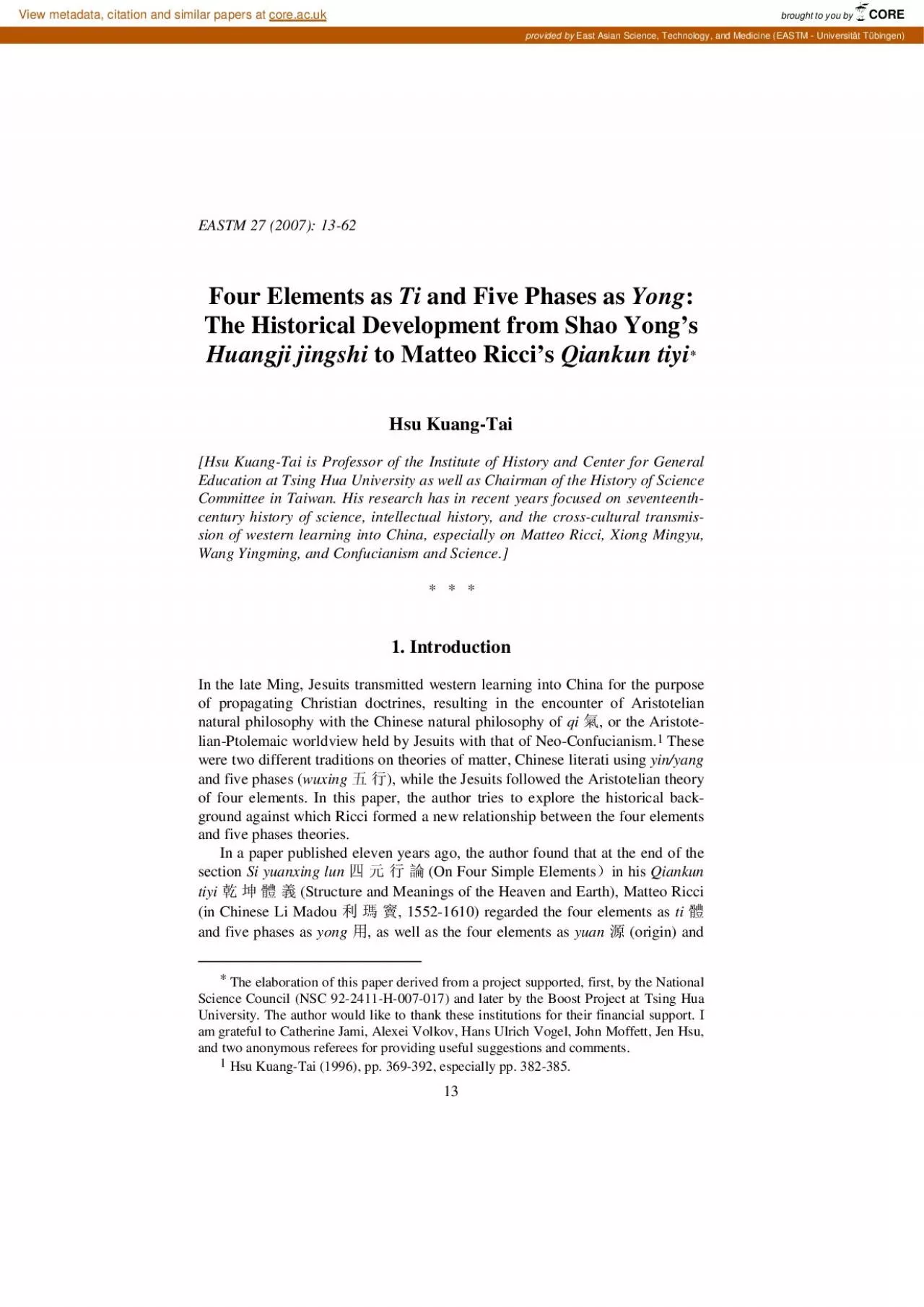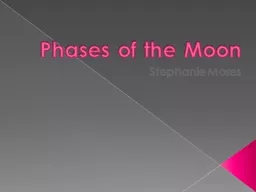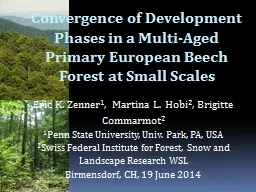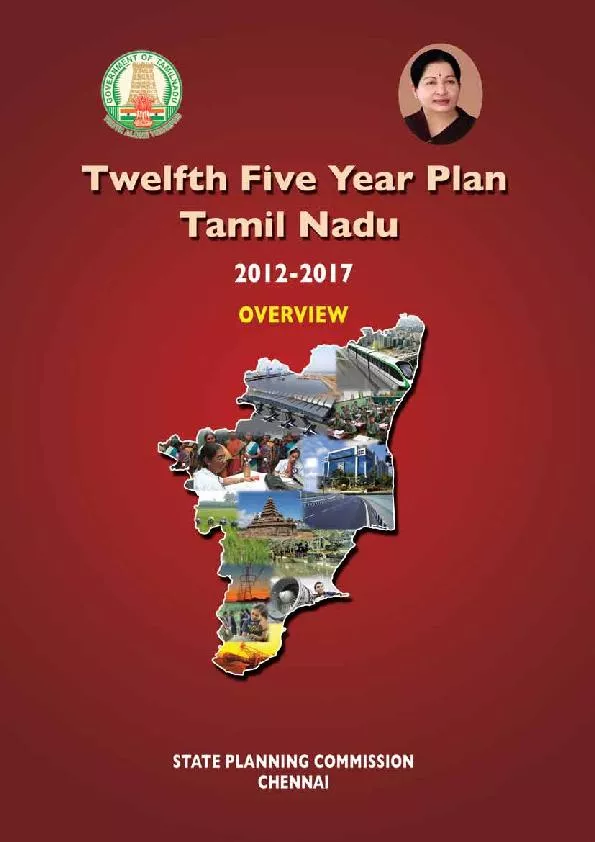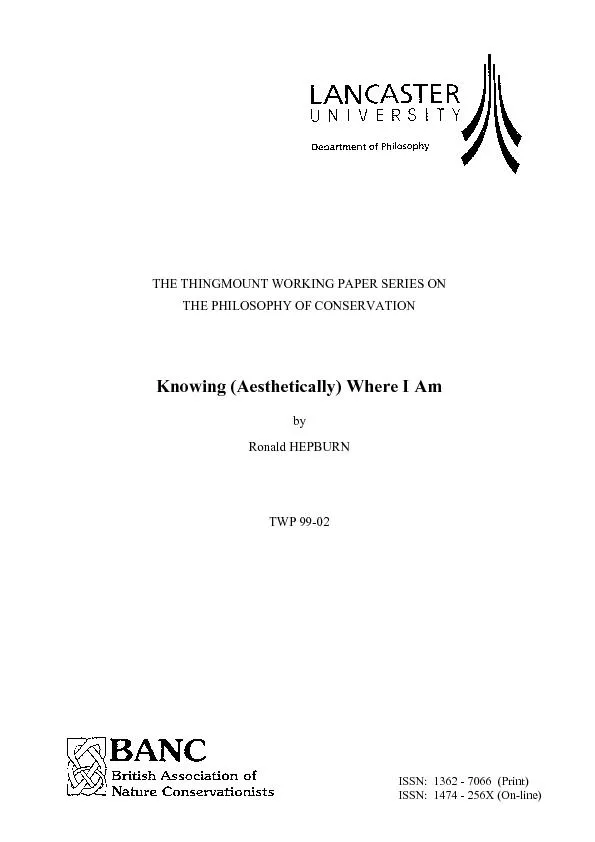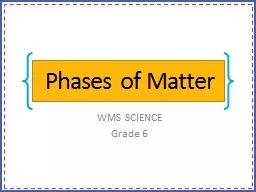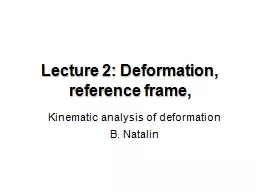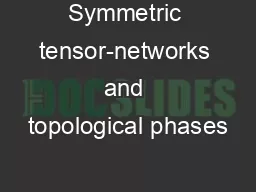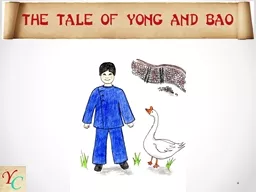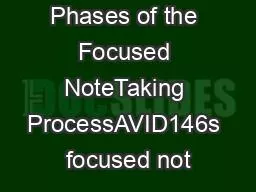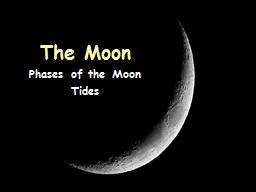PDF-EASTM 27 2007 1362 13 Four Elements as Ti and Five Phases as Yong The
Author : ariel | Published Date : 2021-08-17
The elaboration of this paper derived from a project supported first by the National Science Council NSC 922411H007017 and later by the Boost Project at Tsing Hua
Presentation Embed Code
Download Presentation
Download Presentation The PPT/PDF document "EASTM 27 2007 1362 13 Four Elements as T..." is the property of its rightful owner. Permission is granted to download and print the materials on this website for personal, non-commercial use only, and to display it on your personal computer provided you do not modify the materials and that you retain all copyright notices contained in the materials. By downloading content from our website, you accept the terms of this agreement.
EASTM 27 2007 1362 13 Four Elements as Ti and Five Phases as Yong The: Transcript
Download Rules Of Document
"EASTM 27 2007 1362 13 Four Elements as Ti and Five Phases as Yong The"The content belongs to its owner. You may download and print it for personal use, without modification, and keep all copyright notices. By downloading, you agree to these terms.
Related Documents

